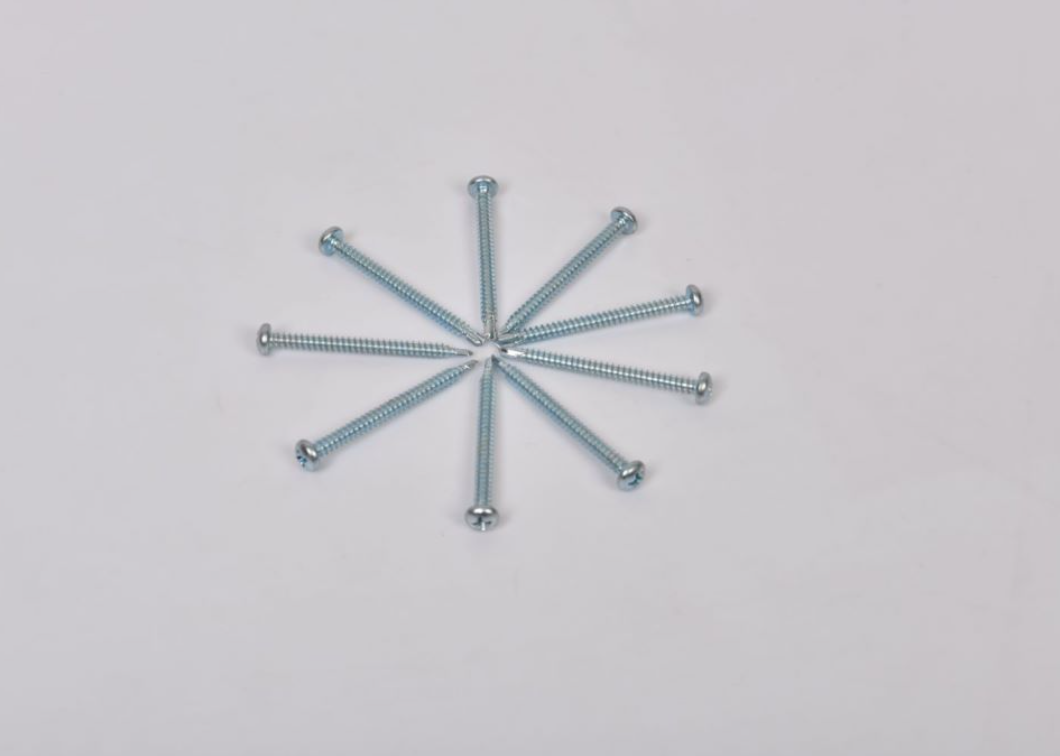spring washer iso manufacturer
Understanding Spring Washers An Overview of ISO Manufacturers
In mechanical engineering, various components work together to ensure the smooth operation of machinery and structures. Among these components, spring washers play a significant role in maintaining tension and absorbing shock. This article delves into the significance of spring washers, particularly those manufactured according to ISO standards, and the impact of ISO-certified manufacturers in the industry.
What are Spring Washers?
A spring washer is a type of fastener that provides a spring action, allowing it to maintain pressure on components in a mechanical assembly. Typically made from metal, these washers are designed to accommodate changes in load and vibration while preventing loosening over time. They are commonly used in various applications ranging from automotive and aerospace to construction and industrial machinery.
Benefits of Spring Washers
1. Vibration Resistance One of the primary benefits of using spring washers is their ability to resist loosening caused by vibrations. In applications where machinery is subject to constant movement, spring washers can help maintain tension and prevent component failure.
2. Load Distribution Spring washers also distribute load evenly across the surface area, reducing the risk of damage to threaded parts. This characteristic is crucial in applications where maintaining integrity under load is essential.
3. Compensating for Tolerance Variances During the assembly process, components may not always align perfectly. Spring washers can take up the slack and compensate for any variations in tolerances, making assembly easier and more efficient.
4. Cost-Effective Solution By preventing loosening and reducing wear on components, spring washers can lead to lower maintenance costs over time. Their durability makes them a cost-effective choice in long-term applications.
The Role of ISO Standards
spring washer iso manufacturer

The International Organization for Standardization (ISO) develops and publishes international standards across various industries. ISO standards for spring washers set essential criteria for their design, manufacture, and testing. These standards help ensure that spring washers perform consistently and reliably in various applications.
When a manufacturer is ISO certified, it means they adhere to established international standards for quality management and product manufacturing. This certification serves as a badge of reliability and quality assurance for customers.
ISO Manufacturers and Their Importance
ISO-certified manufacturers of spring washers are crucial in the industry for several reasons
1. Quality Assurance ISO certification ensures that the manufacturer follows stringent quality control processes. This results in high-quality spring washers that meet specific performance expectations.
2. Consistency Manufacturers that adhere to ISO standards produce components that are consistent in quality and performance. This consistency is vital for businesses that rely on these components for critical applications.
3. Global Acceptance Products manufactured under ISO standards are recognized globally, facilitating trade and expanding market reach for both manufacturers and customers.
4. Enhanced Safety In applications where safety is paramount, such as in aerospace or automotive industries, using ISO-certified components can significantly reduce the risk of failure and enhance overall safety.
Conclusion
Spring washers are essential components in many mechanical assemblies, providing vibration resistance, load distribution, and compensation for tolerances. The importance of ISO-certified manufacturers cannot be overstated, as they ensure these critical components meet high-quality standards and perform reliably across various applications. Choosing spring washers from ISO-certified manufacturers is a smart decision for businesses looking to enhance performance and safety while reducing long-term maintenance costs. In an increasingly competitive market, the assurance of quality provided by ISO certifications stands as a pivotal factor in selecting key mechanical components.
-
Top Choices for Plasterboard FixingNewsDec.26,2024
-
The Versatility of Specialty WashersNewsDec.26,2024
-
Secure Your ProjectsNewsDec.26,2024
-
Essential Screws for Chipboard Flooring ProjectsNewsDec.26,2024
-
Choosing the Right Drywall ScrewsNewsDec.26,2024
-
Black Phosphate Screws for Superior PerformanceNewsDec.26,2024
-
The Versatile Choice of Nylon Flat Washers for Your NeedsNewsDec.18,2024










